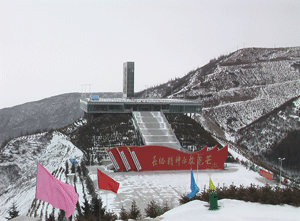 |
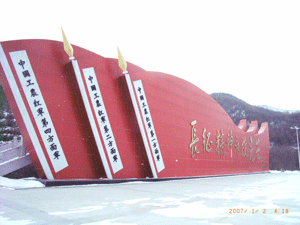 |
On the square, there stand three red flags,
which are the symbol of the successful junction of the
three front armies.
|
 |
 |
| This is the picture of clouds on the top of Liupan Mountain.
|
Our teacher-Mr. Xie can't help singing. |
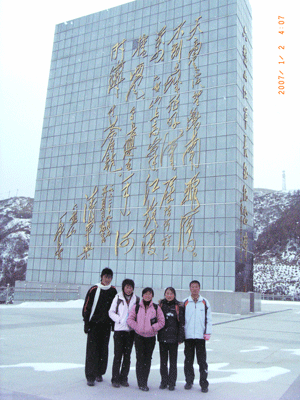 |
 |
The copper characters in the glass wall behind us are
the poem "Qingpingyue-Liupan Mountain(Mount Liupan)"
written by chairman-Mao Ze-dong.
|
The contemporary general secetary-Jiang Ze-min entitled
the memorial. |
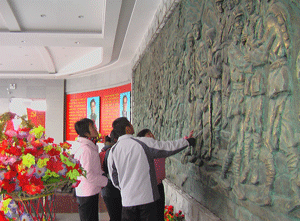 |
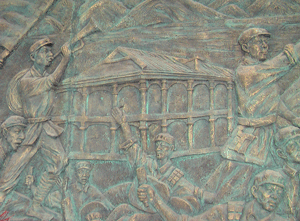 |
Entering the museum, the first sight is relief sculpture
about the Red Army's Long March.
|
This picture is about the famous Ruijin Meeting, which
stands for the beginning of the Long March. |
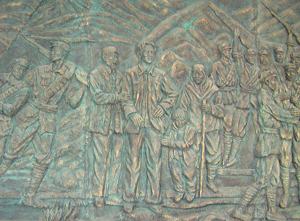 |
 |
This picture is about the Red Army soldiers getting
together with Hui people in Shanjiaji Town.
|
This picture is the successful junction of the three
front armies, which stands for the end of the Long March.
|
 |
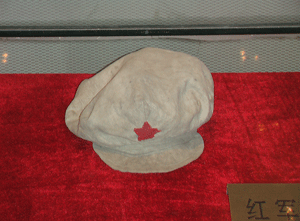 |
|
After seeing the soldiers' shabby clothes
and grass shoes, we can imagine the hard situation in
the Long March.
|
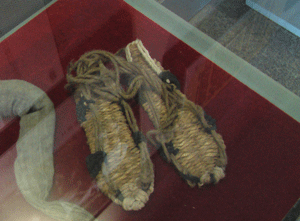 |
 |
| Straw sandals. |
This object is used by the Red Army scout to cover their
real identity. |
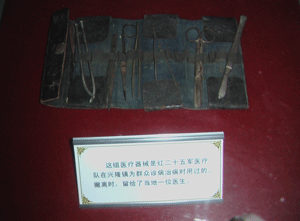 |
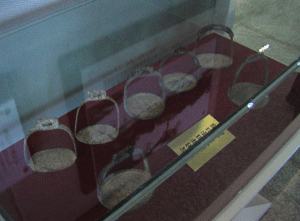 |
| These are medical machines. |
Saddles |
 |
 |
This is the object used by the contemporary secretary
of Guyuan County-Mr. Li Ting-xu.
|
This gun is used by the head of propaganda administration
in Guyuan County. |
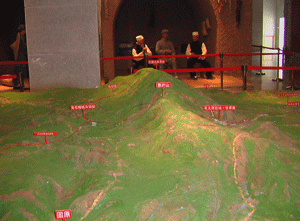 |
 |
| This is the mini Liupan Mountain. |
This is the place where Chairman Mao created poem. |
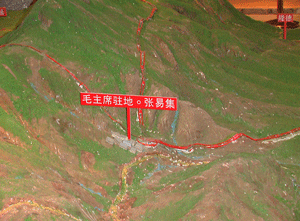 |
 |
| This is Zhangyi County. |
The route of Long March in Liupan. |
 |
 |
| This is the famous Red Army's "Three Principles"
and "Eight Notices". |
This is the Red Army's flag. |
 |
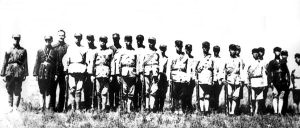 |
This picture is taken by Snow after the battle at Yuwangbao-Mr.
Xie Li-quan blew the triumphant horn. In Sep, 1936, Snow
(the third from left) take pictures with soldiers in Ningxia.
|
On Aug 16th, 1936, Snow interviewed at the head quarter
of the Red Army in Tongxin County, Ningxia Hui Autonomous
Region. Snow was deeply moved by the soldiers' spirit.
Were they human beings or heroes? He thought highly of
these heroes and took pictures with them. |
